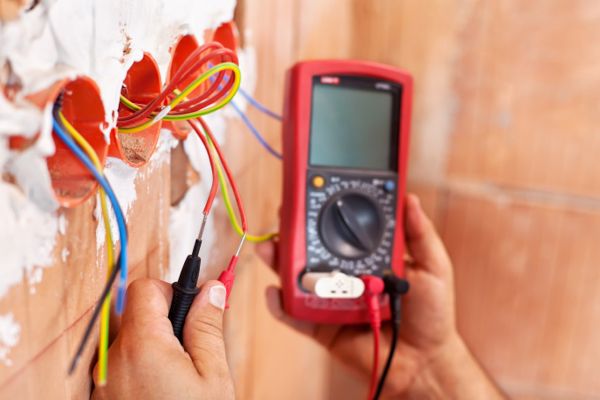Test Before You Touch

May is National Electrical Safety Month. Electrical hazards on the job can be avoided by following approved NFPA 70E and OSHA guidelines. Attention to safety is the important first step to an effective safety program.
Skilled employees, trained in electrical safety procedures, should make sure they understand and follow safety precautions. Those not trained to recognize and avoid electrical hazards, or not under the supervision of those qualified in electrical safety procedures, should avoid contact with electrical equipment and systems.
- Understand the construction and operation of the electrical equipment and the hazards involved.
- Identify all possible energy sources that could pose on-the-job hazards.
- Know safety requirements and follow them.
- Calculate the energy potential.
- Select the appropriate personal protective equipment (PPE). Remember, PPE must be worn until the electrical system is in a safe condition.
- Complete a detailed job plan and communicate it to all coworkers.
- Before working on or around electrical systems or equipment, identify the load circuits and disconnect. Remember, in some cases, turning power off may cause other hazards. Such hazards and additional guidance should be addressed in your work plan.
- Use lock-out/tag-out procedures.
- Verify that the equipment or system has been de-energized by testing.
- Make sure your test equipment is working, both before and after you use it.
- If at any time the job becomes more hazardous than anticipated, stop and revise the plans.
Above all, never assume that the equipment or system is de-energized. Remember to always TEST BEFORE YOU TOUCH.
Courtesy of ESFI.org
